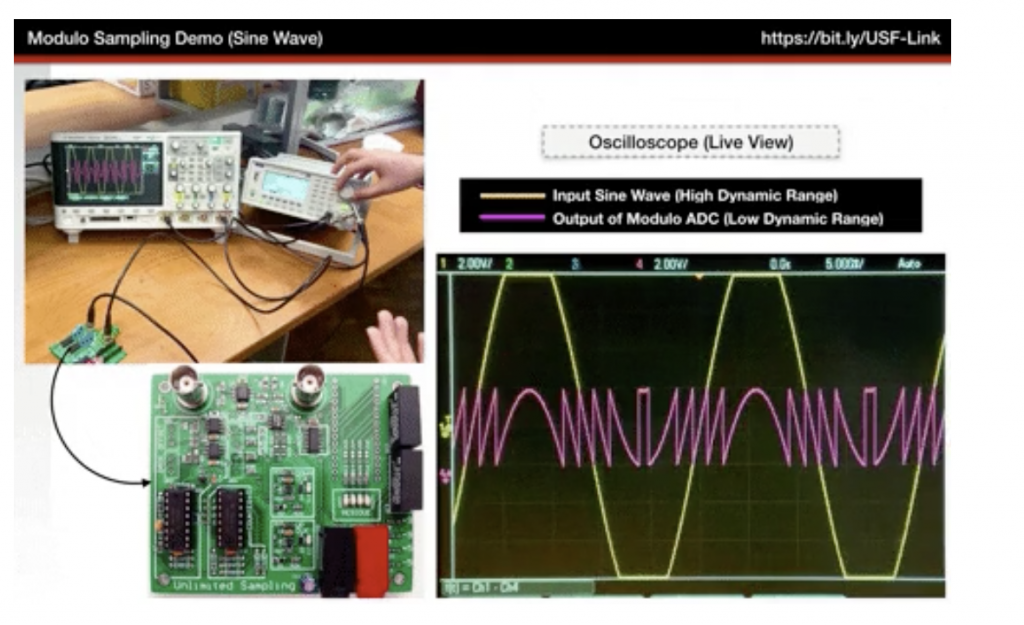Imperial College London and Technical University of Munich (TUM) researchers have developed a technique integrating new hardware and algorithms to overcome saturation of digital sensors. The technique could increase the range on instruments like cameras and environment sensing for self-driving vehicles.
Digital sensors like cameras, microphones, radar and ultrasound systems are subject to saturation points: they cannot detect entities such as light, sound, quakes, temperatures, and other stimuli beyond certain physical limits.

Lead author of the research Dr Ayush Bhandari from Imperial’s Department of Electrical and Electronic Engineering said: “We need sensors that capture the full range of what our environment has to offer, and there is boundless potential for sensors to measure signals beyond current human and technological limits.”
The analog-to-digital converters (ADCs) in such sensors are bound by voltage limits, and saturation occurs when an incoming signal exceeds those limits. Saturation is commonly experienced as ‘bleached’ looking images, or audio that pops and skips, particularly when the stimulus suddenly spikes — as would happen when a driverless car, for example, emerges from a tunnel into broad daylight.
Modulo Sampling to Fold the Signal
The researchers experimented with ADCs that use modulo sampling to test whether using a different type of voltage, called moduli, could help sensors process a greater range of information. A modulo refers to the remainder produced when the voltage of a signal is divided by the ADC’s maximum voltage. They were able to convert modulo measurements into smaller conventional digital signals that can be read by existing sensors.
This method allowed the ADCs to process a much wider range of information than was previously possible. It could even provide unlimited sampling that accurately captures signals whose amplitudes far exceed ADCs’ voltage limits.
“This can unlock a high dynamic range for any sensor which could, for example, allow cameras to see what humans cannot,” said study co-author Thomas Poskitt.
One important application of the technique will be improving cameras on driverless cars. Cameras on cars driving through a tunnel become saturated by the sudden surge of light as cars emerge, causing a loss of seen information and risking the car’s safety.
Study co-author Professor Felix Krahmer from TUM said: “The key feature of our approach is that if a signal takes the voltage past the threshold, the hardware switches the signal from voltage to modulo, essentially resetting itself to let in a wider range of signals. What’s new about the current paper is that it presents the first unified approach with both a hardware protoype adapted to computational features of the reconstruction method and a recovery scheme successfully addressing the challenges of the circuit implementation.”
This work was based on the hypotheses set out in Dr Bhandari’s doctoral thesis and 2017 paper which was granted a US Patent in 2020 and was funded by UK Research and Innovation (UKRI) FLF program and European Partners Fund.

